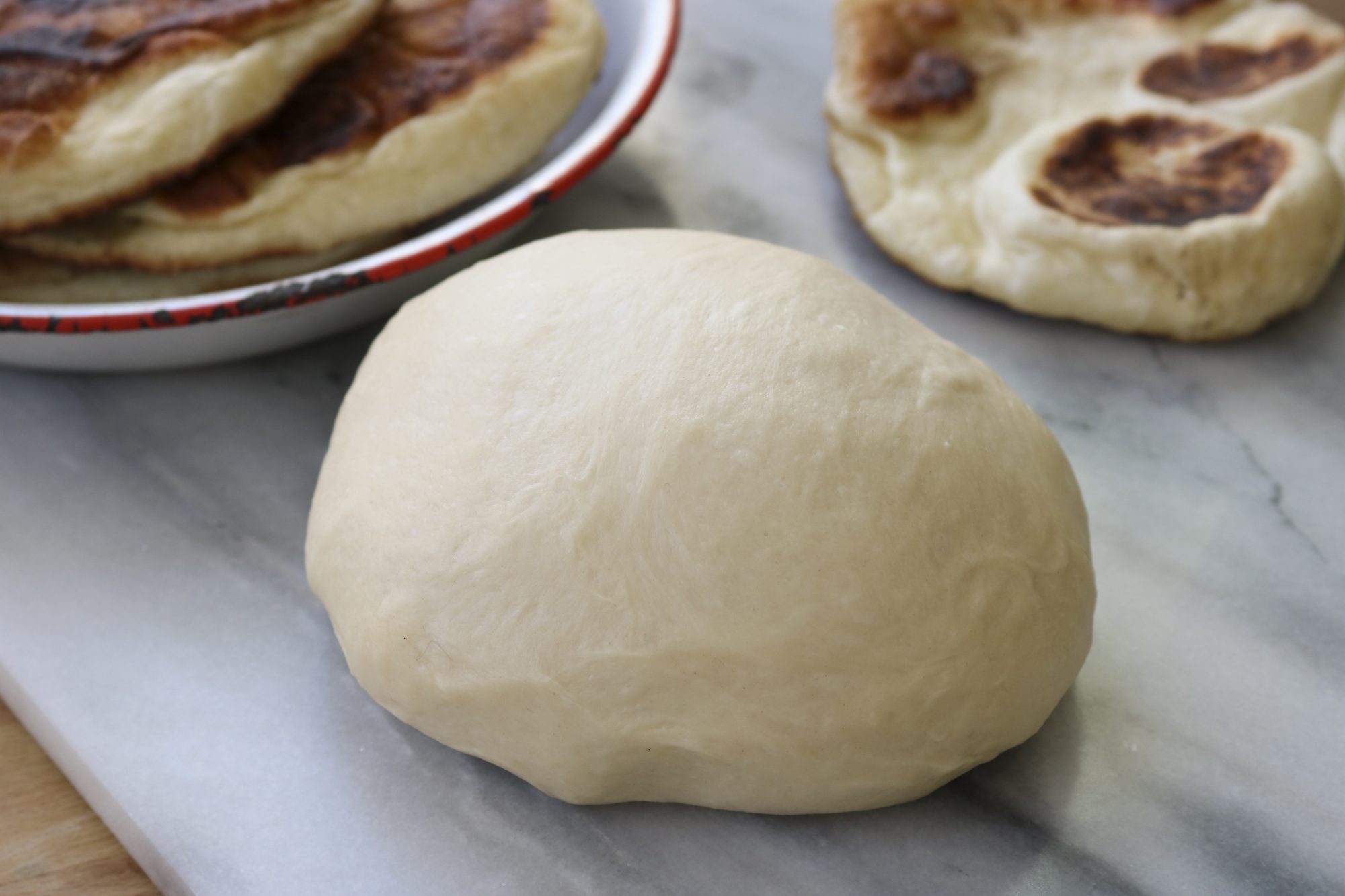

Articles
How To Store Naan Dough
Modified: February 23, 2024
Learn how to properly store naan dough to ensure freshness and deliciousness for future use. Our articles provide expert tips and guidelines for preserving your dough.
(Many of the links in this article redirect to a specific reviewed product. Your purchase of these products through affiliate links helps to generate commission for Storables.com, at no extra cost. Learn more)
Introduction
Naan is a popular Indian bread that is enjoyed worldwide for its soft and chewy texture. Whether you are an avid home cook or a professional chef, learning how to store naan dough properly can be a game-changer. By having a batch of naan dough ready in your refrigerator or freezer, you can enjoy fresh and delicious naan anytime you want.
In this article, we will guide you through the process of storing naan dough, ensuring that you always have the option to whip up a batch of this delightful bread. From the ingredients you will need to the step-by-step storage instructions, we have got you covered.
So, grab your apron and let’s dive into the world of naan dough storage!
Key Takeaways:
- Store naan dough in the refrigerator for up to 3 days or in the freezer for up to 3 months, ensuring you have fresh, homemade naan bread ready whenever you crave it.
- Properly measure, divide, wrap, label, and thaw naan dough to maintain its freshness and texture, allowing you to enjoy delicious homemade naan bread at your convenience.
Read more: How To Store Naan Bread
Ingredients needed for storing Naan dough
Storing naan dough requires a few essential ingredients that will help maintain its freshness and texture. Here are the key ingredients you will need:
- All-purpose flour: You will need around 2 cups of all-purpose flour to make the naan dough. This versatile flour provides the right level of gluten development for a soft and chewy texture.
- Yeast: Active dry yeast or instant yeast will be needed to leaven the naan dough. Using 2 ¼ teaspoons of yeast will give the dough its light and airy structure.
- Warm water: To activate the yeast, you will need warm water at around 110°F (43°C). This temperature helps the yeast to bloom and gives the dough a good rise.
- Vegetable oil: Adding a couple of tablespoons of vegetable oil to the dough will keep it moist and prevent it from drying out during storage.
- Salt: Adding salt enhances the flavor of the naan dough. Use about 1 teaspoon of salt to balance the taste of the bread.
These basic ingredients are easily accessible and can be found at your local grocery store or online. Once you have gathered these ingredients, you are ready to start crafting your naan dough.
Step-by-step guide for storing Naan dough
Storing naan dough requires a few simple steps to ensure its freshness and quality. Follow this step-by-step guide to store your naan dough successfully:
- Prepare the dough: In a mixing bowl, combine the all-purpose flour, yeast, and salt. Gradually add the warm water while mixing the ingredients together with a spoon or your hands. Once the dough starts to come together, knead it on a lightly floured surface for about 5-7 minutes, until it becomes smooth and elastic.
- Shape the dough: Divide the dough into small portions, depending on the desired size of your naan bread. Roll each portion into a ball and flatten it slightly with your hands or a rolling pin. This will make it easier to store and thaw the dough when needed.
- Wrap the dough: Individually wrap each portion of the dough tightly with plastic wrap. Make sure there are no air pockets or gaps. Alternatively, you can place each dough portion in a separate airtight container or freezer bag. Label the wrapping or containers with the date to keep track of its freshness.
- Store in the refrigerator or freezer: If you plan to use the dough within a few days, store it in the refrigerator. Place the wrapped dough portions in a zip-top bag or airtight container and refrigerate for up to 3 days. For long-term storage, freeze the wrapped dough portions in a freezer bag for up to 3 months.
When you are ready to use the stored naan dough, simply remove it from the refrigerator or freezer and let it thaw at room temperature for a couple of hours. The dough should be soft and pliable, ready to be rolled, and cooked into delicious naan bread.
Following these steps will enable you to have naan dough readily available whenever a craving strikes or when you want to impress your family and friends with your homemade naan bread.
After kneading the naan dough, coat it lightly with oil and place it in a bowl. Cover the bowl with a damp cloth and let the dough rest at room temperature for 2-3 hours before refrigerating for up to 24 hours.
Tips for successful storage of Naan dough
To ensure the successful storage of naan dough and to keep it fresh and delicious, here are some helpful tips:
- Properly measure ingredients: Accurate measurement of the ingredients is crucial for the texture and consistency of the naan dough. Use measuring cups and spoons to measure the flour, water, yeast, and salt.
- Allow proper rise: After kneading the dough, allow it to rise in a warm, draft-free place until doubled in size. This step is important for developing the dough’s flavor and structure.
- Divide into portions: Dividing the dough into individual portions before storing makes it easier to thaw and work with when needed. This allows you to only use what you need, while the rest remains securely stored.
- Tightly wrap the dough: Ensure that each portion of the naan dough is tightly wrapped in plastic wrap or stored in airtight containers or freezer bags. This prevents air exposure, which can dry out the dough and negatively impact its quality.
- Label and date the dough: Properly label the wrapped dough or containers with the date of storage. This will help you keep track of their freshness and ensure that you use the oldest dough first.
- Thaw gradually: When thawing the frozen naan dough, let it thaw gradually at room temperature. Avoid using the microwave or hot water to defrost, as this can make the dough lose its structure and become sticky.
- Adjust cooking time: If you are cooking naan with dough that has been stored in the refrigerator or freezer, it may require slightly longer cooking time compared to fresh dough. Keep an eye on the naan bread while cooking and adjust the time accordingly.
By following these tips, you can ensure that your stored naan dough retains its freshness, flavor, and soft texture, allowing you to enjoy delicious homemade naan bread at your convenience.
Common troubleshooting issues and solutions for storing Naan dough
While storing naan dough is generally a straightforward process, there might be certain issues that can arise. Here are some common troubleshooting issues and their solutions:
- Dough becomes dry: If you notice that the naan dough is becoming dry during storage, it might be due to inadequate sealing of the wrapping or containers. Ensure that the dough is tightly wrapped to prevent air exposure. You can also brush a light coat of oil on the surface of the dough before wrapping to maintain moisture.
- Dough doesn’t rise after thawing: If the thawed naan dough doesn’t rise properly, it might be due to improper storage conditions. Make sure that the dough is stored in a warm environment during thawing, as a cold environment can inhibit the yeast’s activity. Alternatively, check the freshness of your yeast, as expired yeast can result in poor rise.
- Dough becomes sticky: If the naan dough becomes sticky after thawing, it could be due to excessive moisture. Allow the dough to rest for a few minutes and dust it lightly with flour before working with it. This will help absorb any excess moisture and make it easier to handle.
- Frozen dough develops ice crystals: If you notice ice crystals forming on the frozen naan dough, it indicates that the dough was not properly wrapped or stored. To prevent this, ensure that the dough is tightly wrapped, minimizing air contact. Additionally, placing the wrapped dough inside a freezer bag provides an extra layer of protection against ice formation.
- Dough tastes stale: If the stored naan dough develops a stale taste, it is likely due to prolonged storage. While the dough can be stored in the freezer for up to 3 months, it is best to use it within the first month for optimal freshness. Always check the quality of the dough by smelling and tasting a small portion before cooking.
By addressing these common troubleshooting issues, you can overcome any challenges that may arise during the storage and usage of naan dough. With practice and the right techniques, you can enjoy flavorful and perfectly textured naan bread every time.
Read more: How To Store Homemade Naan
Conclusion
Storing naan dough is a fantastic way to have fresh, homemade naan bread available whenever you desire. By following the steps outlined in this article and implementing the tips and solutions provided, you can ensure the successful storage of naan dough and enjoy delicious bread at your convenience.
Remember to gather the necessary ingredients, including all-purpose flour, yeast, warm water, vegetable oil, and salt, before starting the process. Measure the ingredients accurately and allow the dough to rise before proceeding. Divide the dough into convenient portions, tightly wrap them, and label them with the storage date.
If you plan to use the dough within a few days, store it in the refrigerator. If you want to store it for longer periods, freezing the dough is the best option. Thaw the dough gradually at room temperature before use, and adjust the cooking time accordingly if using refrigerated or frozen dough.
While storing naan dough, be mindful of potential troubleshooting issues, such as dryness or lack of rise. Wrap the dough tightly to prevent air exposure and consider brushing a light coat of oil on the surface for added moisture. If the dough becomes sticky, dust it with flour before working with it. To avoid ice crystals, ensure proper wrapping and double-bagging when freezing.
Lastly, be aware of the freshness of the dough and use it within the recommended storage periods to avoid any stale taste. With practice and the right techniques, you can master the art of storing naan dough and enjoy the delightful flavors and textures of homemade naan bread anytime you wish.
So, give it a try and elevate your culinary skills by storing naan dough for a fuss-free and enjoyable cooking experience!
Frequently Asked Questions about How To Store Naan Dough
Was this page helpful?
At Storables.com, we guarantee accurate and reliable information. Our content, validated by Expert Board Contributors, is crafted following stringent Editorial Policies. We're committed to providing you with well-researched, expert-backed insights for all your informational needs.
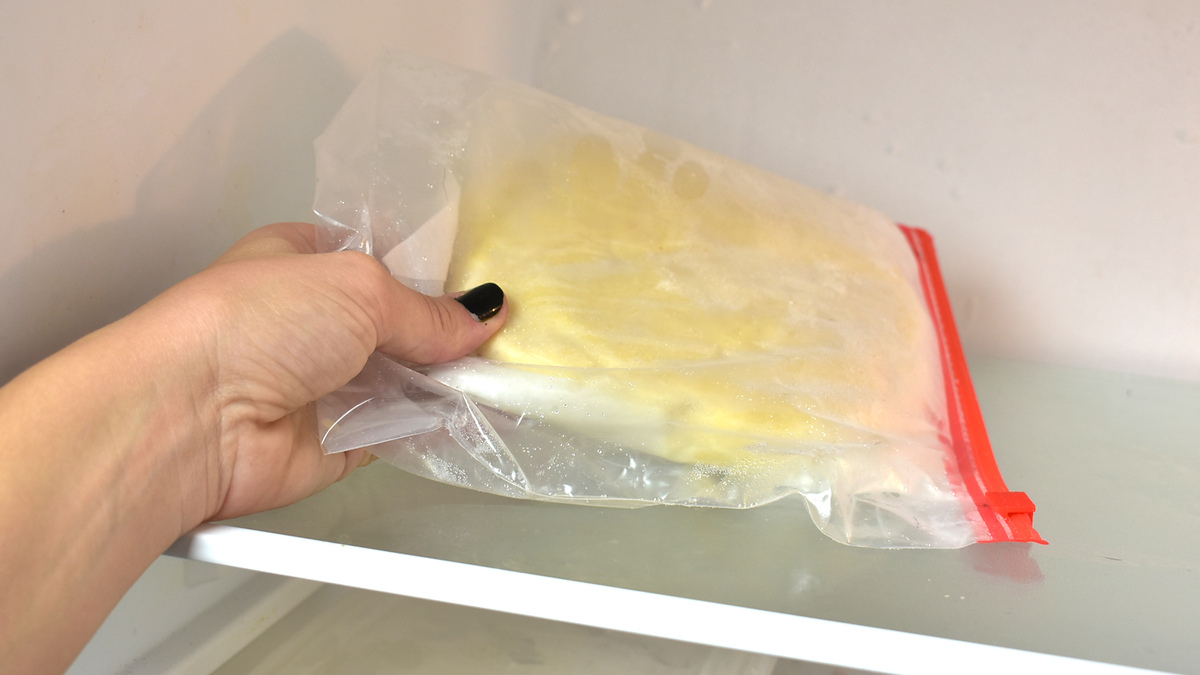
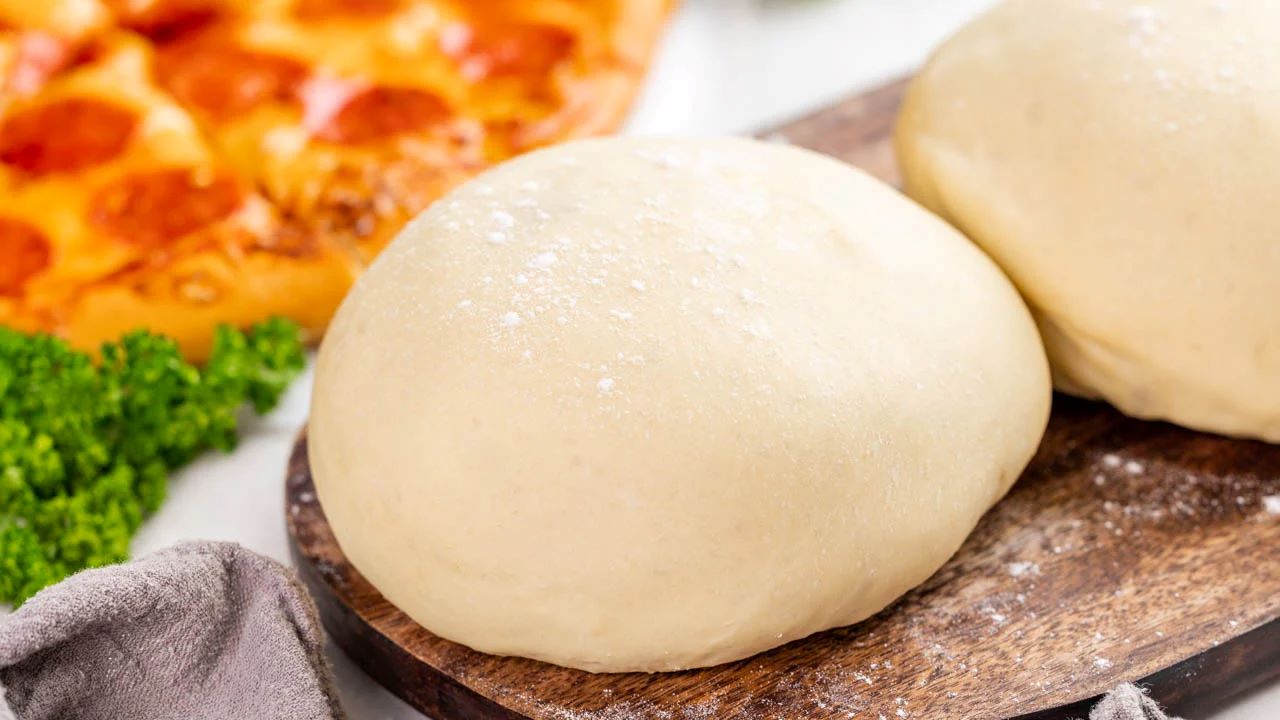
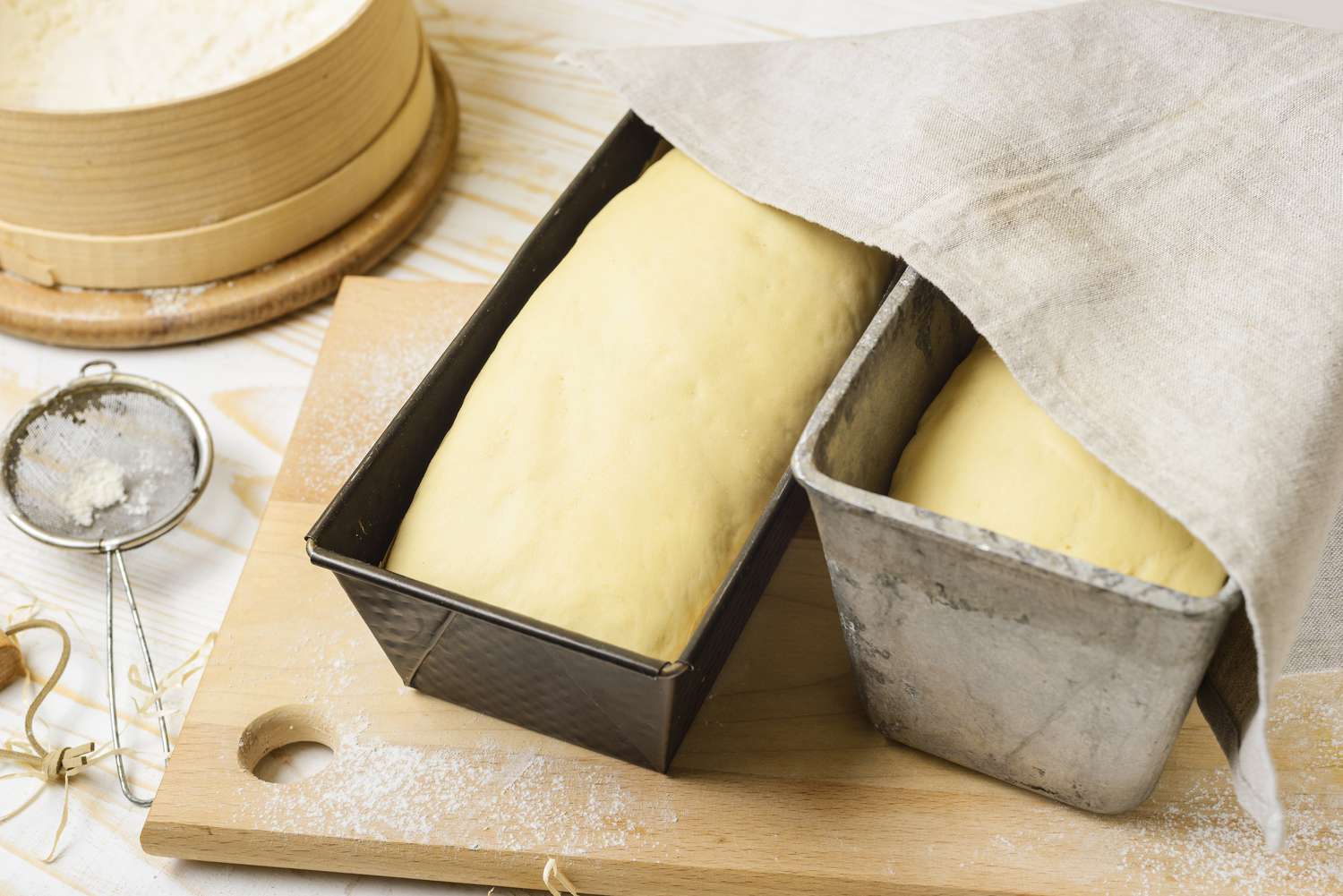



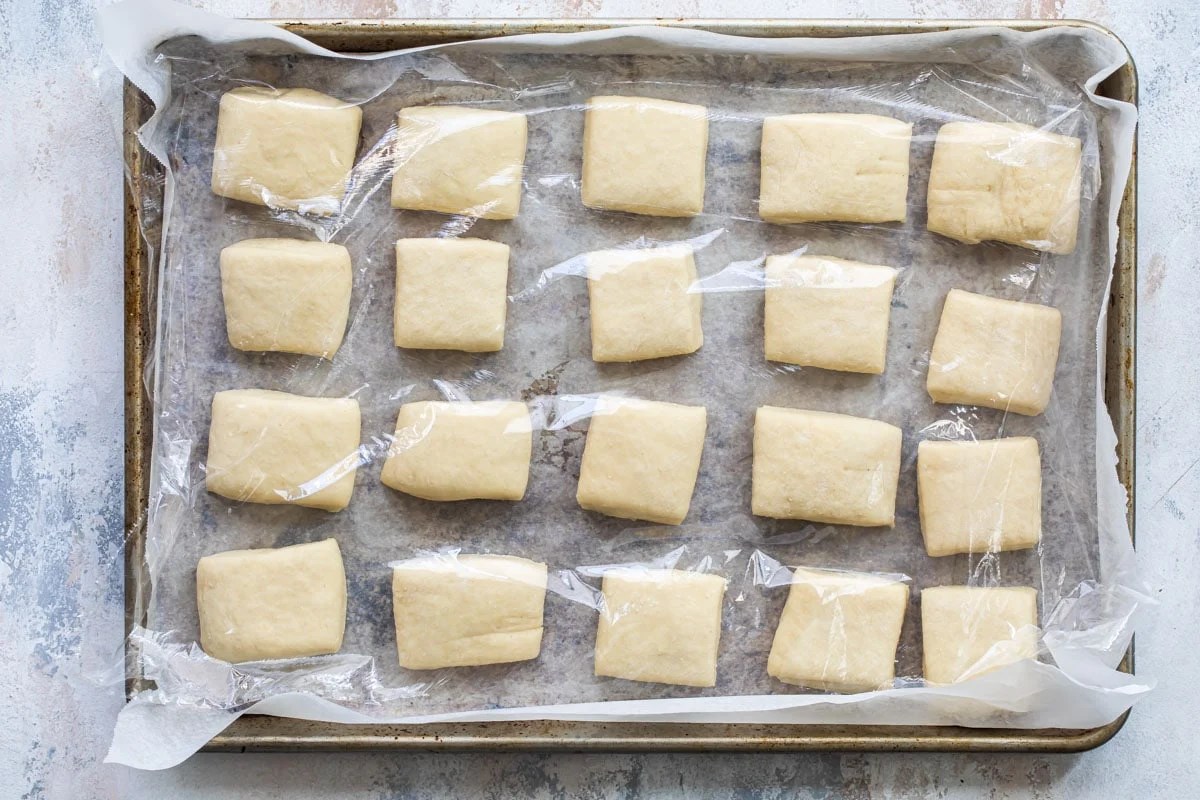

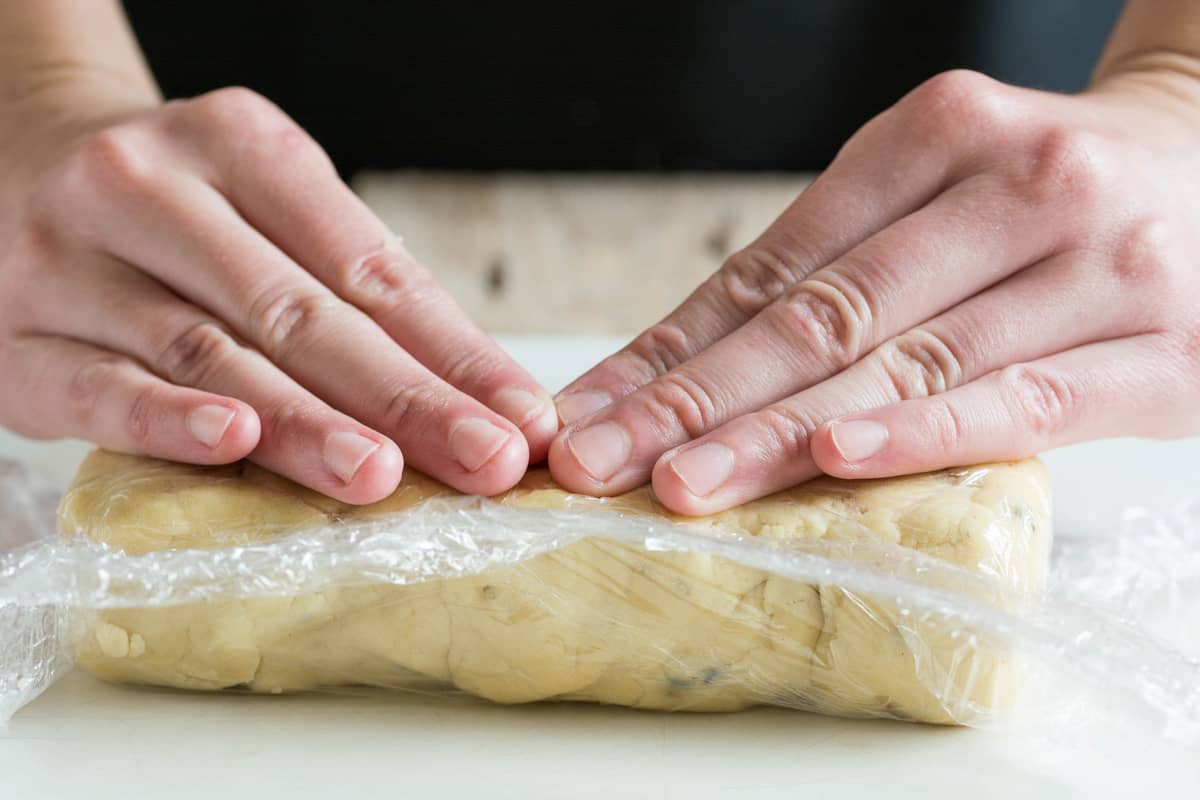


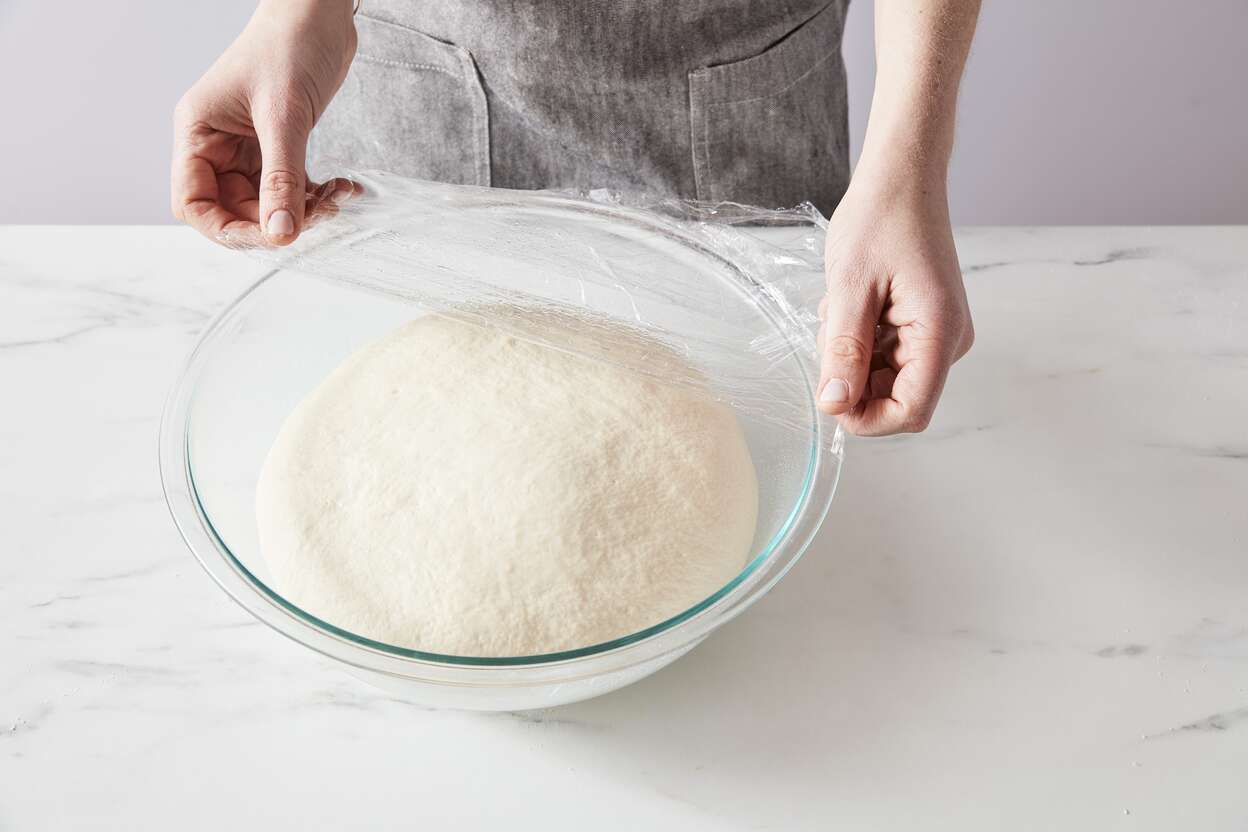
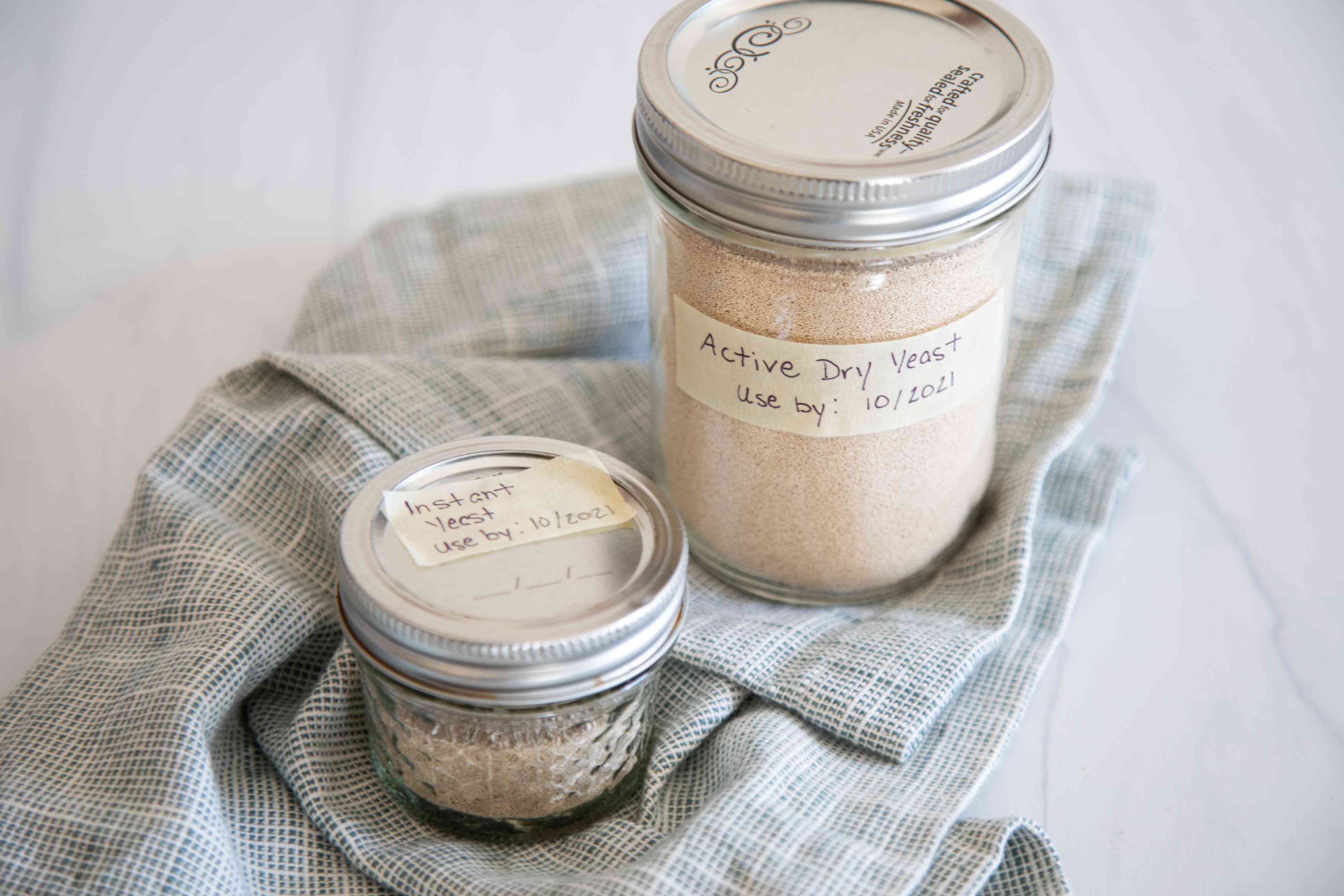


0 thoughts on “How To Store Naan Dough”